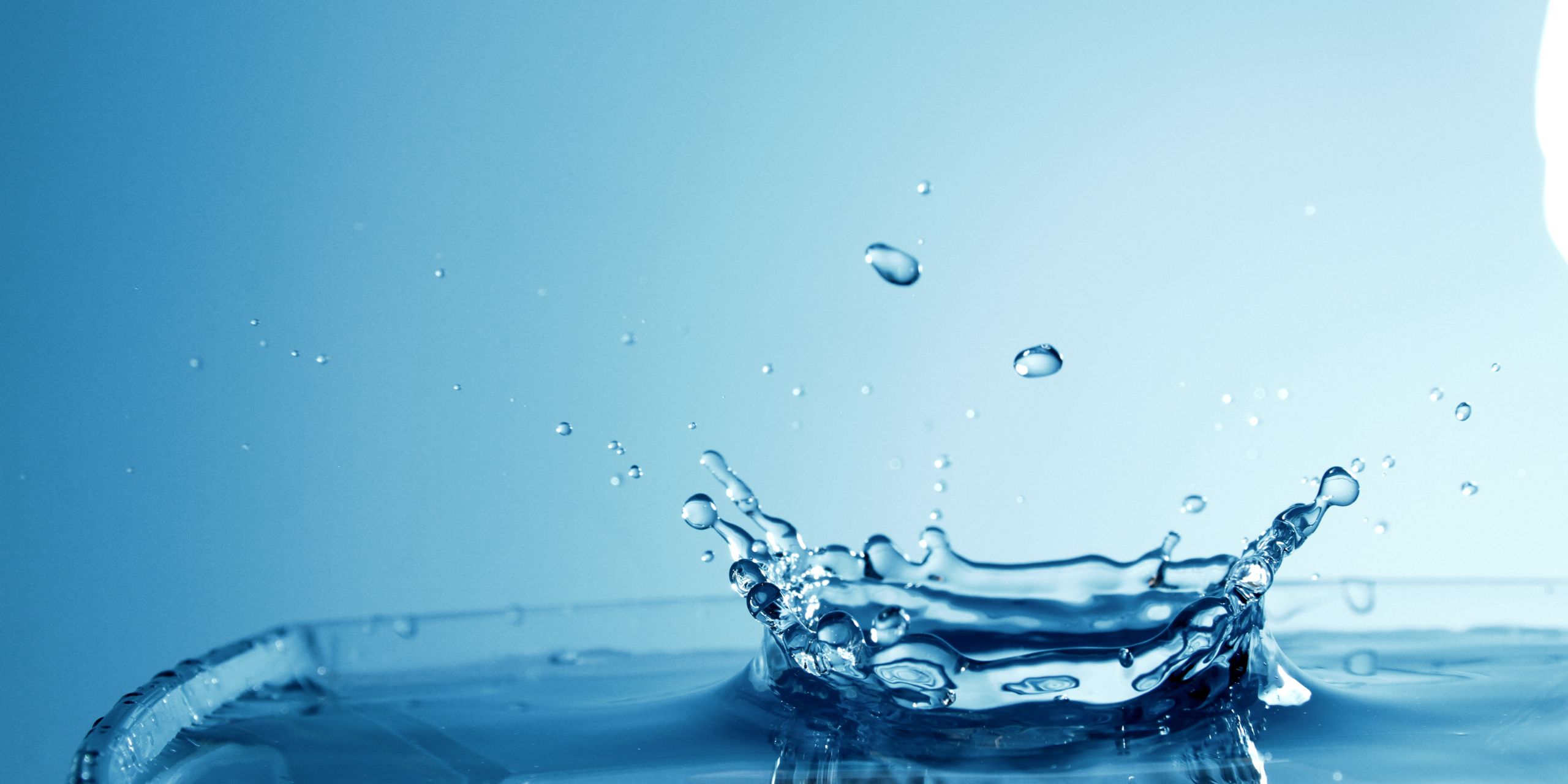Total Maximum Daily Loads (TMDLs), which were created under the Clean Water Act to safeguard and restore the health of our country’s rivers, are the cornerstone of water quality management initiatives in the United States. To ensure that these essential resources can continue to sustain a wide range of ecological functions and human uses, TMDLs offer a framework for identifying, characterizing, and managing the pollution sources that harm our rivers, lakes, and coastal waters.
Our Purpose
The goal of the TMDL program is to offer flexible, scientifically sound solutions to problems with water quality in impaired water bodies across the country. TMDLs aim to protect our water resources and promote their sustainable management for the benefit of ecosystems and communities by establishing pollutant limits and involving stakeholders in the creation and implementation of efficient pollution reduction methods.
Primary Values
Science-based Decision Making: We are dedicated to ensuring that the formulation and implementation of TMDLs are based on the most up-to-date scientific knowledge, and we support the use of data-driven strategies to solve problems with water quality.
Collaboration and Partnership: We understand the value of involving various stakeholders and encouraging teamwork in order to develop and implement cutting-edge pollution reduction techniques.
Adaptive Management: We recognize the need of adaptability and responsiveness in the face of changing water quality issues and developing scientific knowledge, and we consistently improve our methods to guarantee ongoing success.
Environmental Stewardship: We are committed to safeguarding and rehabilitating the condition of our country’s water resources, and we advocate for ethical and sustainable management techniques that benefit both ecosystems and societal groups.
The actions covered by the TMDL program vary from the evaluation of water quality data and the identification of water bodies that are impaired to the creation and execution of TMDLs and pollution control plans. We collaborate on our work with governmental, non-governmental, business, and community organizations on a national, regional, and local scale. Through these coordinated efforts, we hope to raise the quality of the water, support robust ecosystems, and improve the standard of living for communities that rely on our priceless water resources.
Together, we can make sure that future generations will have access to clean, healthy, and thriving rivers.

